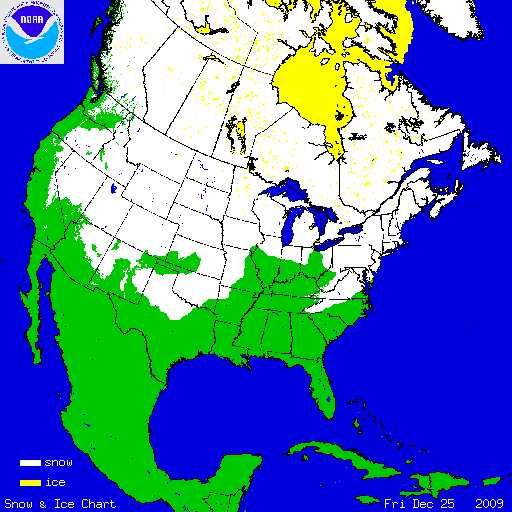OF THE
TIMES
We'll know our disinformation program is complete when everything the American public believes is false.
I'm an Ozzie, throw the bitch in jail. A shitty jail with lots of pissed off Muslims. Too bad they don't have 'trans' women in India, that would...
I have a solution - all the morons that pushed the 'vaccines' , whether they are politicians, doctors, health professionals, media or whatever be...
What does it matter, as long as Pfizer and Moderna get payed ...
And... Israel just struck Iran... Lets see what happens.
The supreme court is gaoling the innocent and allowing gov't spooks and instigators to ignore their subpoenas. There won't be any justice coming...
To submit an article for publication, see our Submission Guidelines
Reader comments do not necessarily reflect the views of the volunteers, editors, and directors of SOTT.net or the Quantum Future Group.
Some icons on this site were created by: Afterglow, Aha-Soft, AntialiasFactory, artdesigner.lv, Artura, DailyOverview, Everaldo, GraphicsFuel, IconFactory, Iconka, IconShock, Icons-Land, i-love-icons, KDE-look.org, Klukeart, mugenb16, Map Icons Collection, PetshopBoxStudio, VisualPharm, wbeiruti, WebIconset
Powered by PikaJS 🐁 and In·Site
Original content © 2002-2024 by Sott.net/Signs of the Times. See: FAIR USE NOTICE

Reader Comments
to our Newsletter